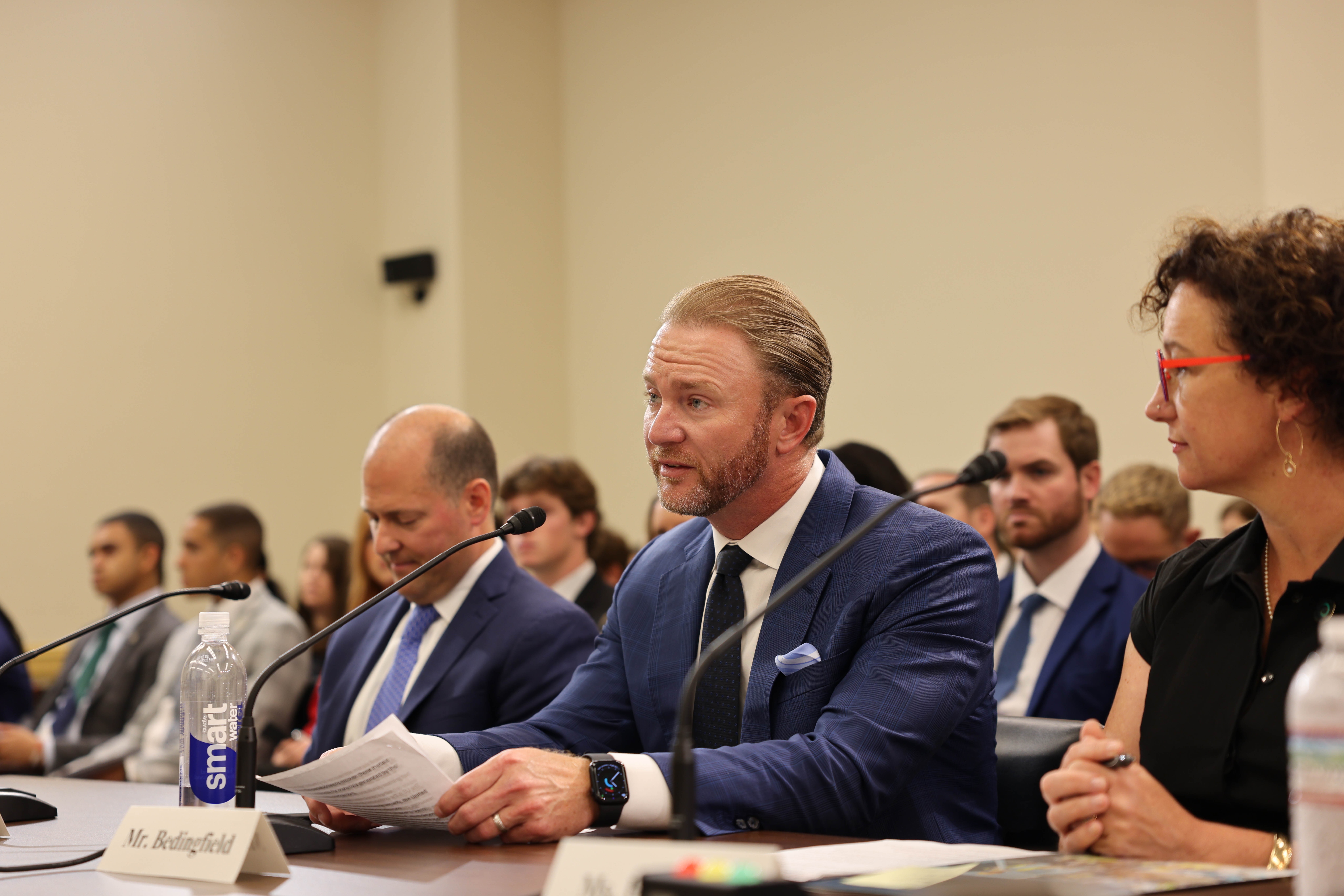Transforming e-waste into future opportunities
Commercial scale process recovering copper and gold from printed circuit boards (PCBs) to support domestic critical metal supply chains.
Turning circuit boards into circular resources
01
Lower impact
Our hydrometallurgical process uses ambient temperatures to produce less carbon emissions compared to traditional smelting and mining methods.
02
Locally processed
Small, city scale facilities plug into existing infrastructure to process PCBs close to source, preventing metals from being exported where value can’t be recovered.
03
Circular supply
Metals recovered can be reintroduced into local supply chains to support the increasing demand for critical metals in current and emerging industries.
04
Simplifies supply chain
Recovering critical metals in country shortens and strengthens supply chains for critical national industries.
Combining natural biomass and smart chemistry
Material is prepared for processing
Printed circuit boards are milled into a fine sand to increase surface area. An initial process takes place to dissolve and recover base metals.

Copper is extracted
Using a conventional electrochemistry process, we recover large sheets of high purity copper from the solution.

Gold is extracted
To the remaining mixture, we add Mint's proprietary naturally occurring biomass which binds to gold particles like a sponge. The material recovered is then further refined to produce commodity grade gold.

Metals can be returned to domestic supply chains
These metals can be used to manufacture new technology. Once they reach end of life again, circuit boards inside can be returned to our facility and reprocessed.


Circular metals are needed for growing economies
Growing demand for critical metals
Demand for critical metals like copper continues to grow as new technologies develop and natural resources deplete, widening the supply gap.
Export and landfilling of e-waste
Exporting or landfilling e-waste means the metal value within is lost and becomes difficult to recoverable.
Carbon intensive existing processes
Existing methods of sourcing metals such as mining and smelting produce high amounts of carbon emissions.
Find a location near you
We’re in the process of deploying more facilities around the world where e-waste is produced.
Sydney
Australia

Texas (coming soon)
United States
Let's build a better future, together











.jpg)




